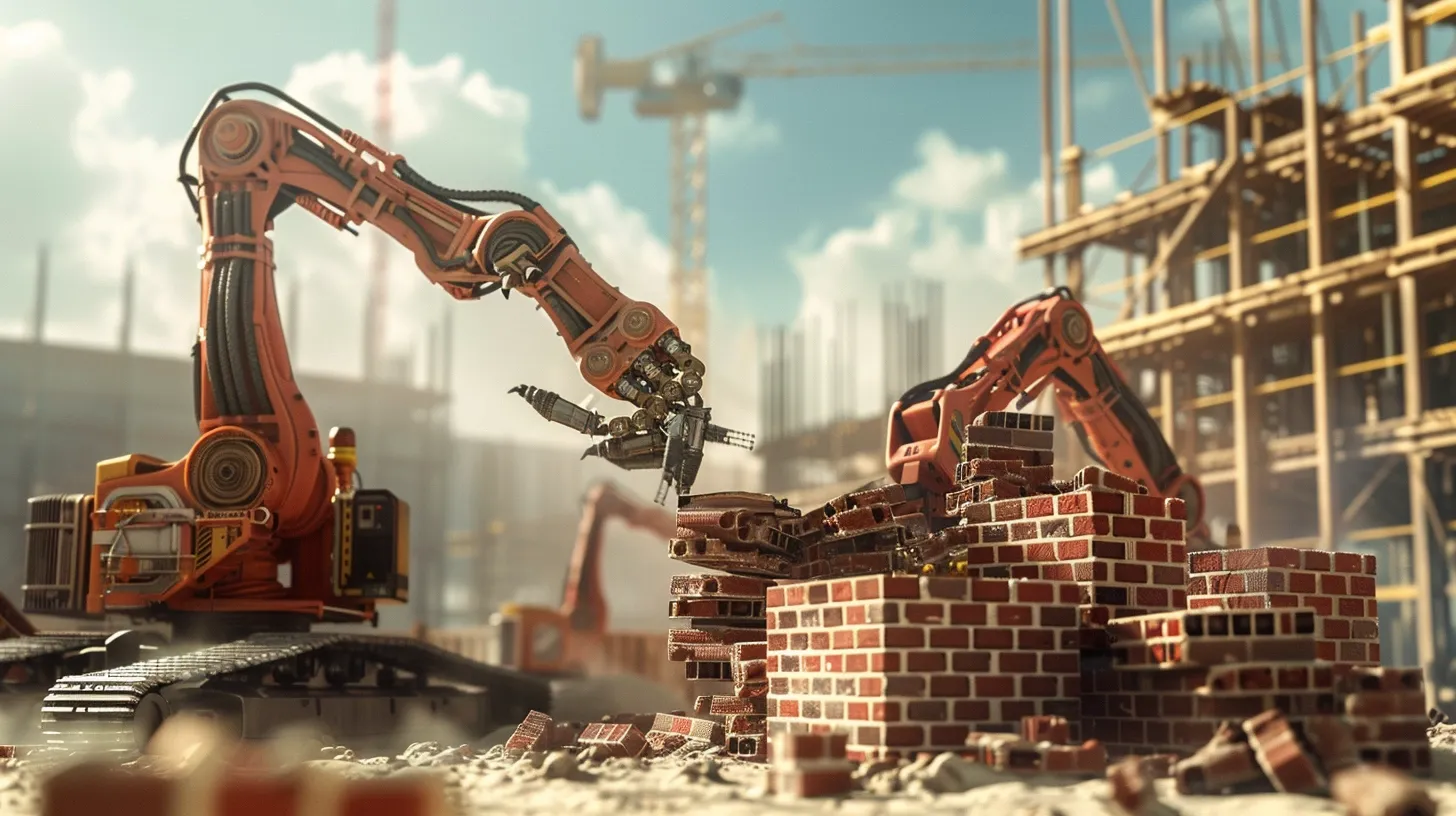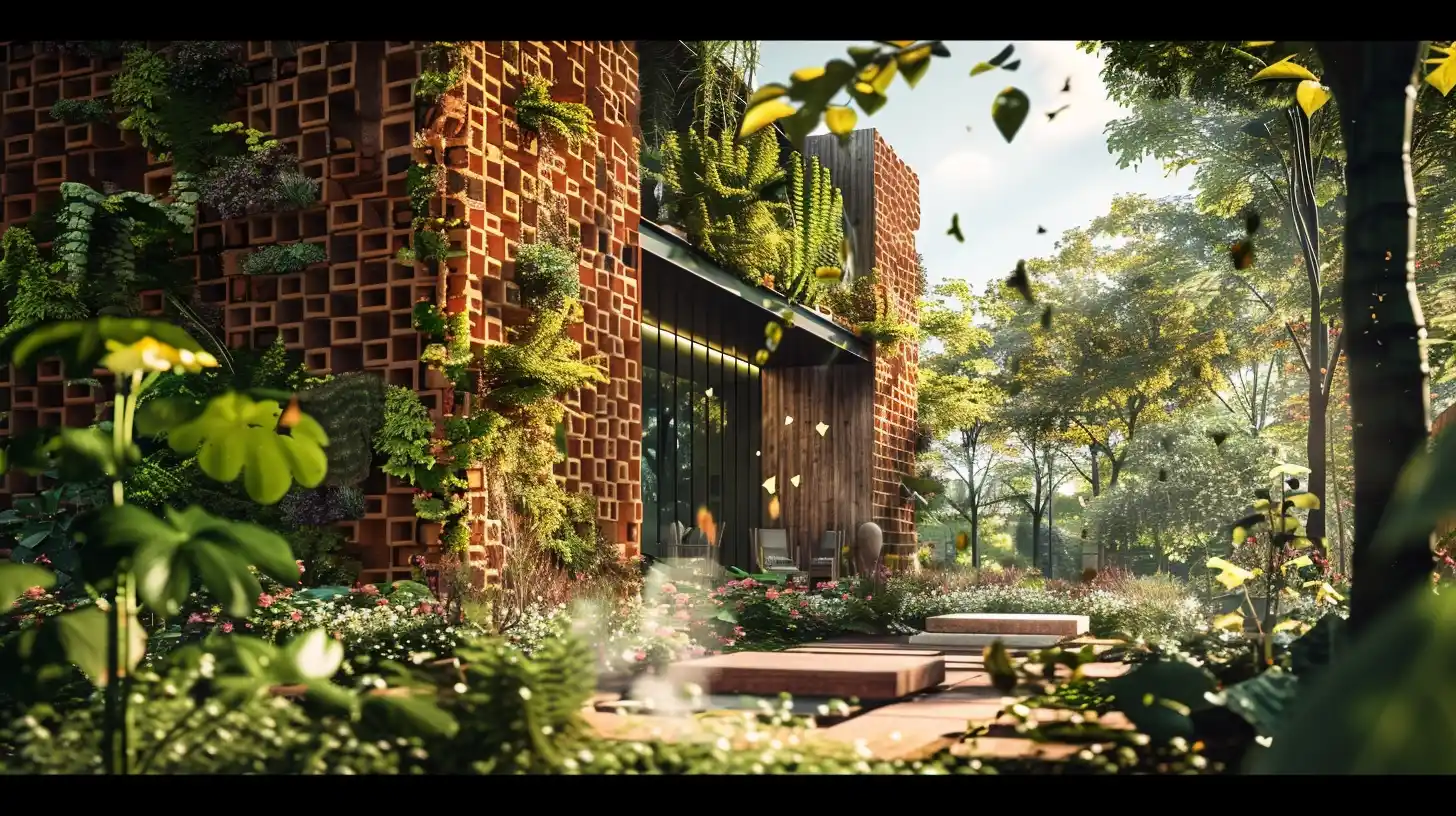
Building Materials Beyond Brick and Mortar Diversifying Construction

In construction, the phrase “brick and mortar” conjures up images of sturdy buildings with solid foundations. But the landscape of construction materials goes far beyond this traditional duo. Today, architects and builders have an array of options at their disposal, ranging from steel and concrete to wood and glass. These materials not only offer diverse aesthetics but also vary in terms of strength, durability, and environmental impact.

Latest
Other Topics
Types of Building Materials
When it comes to construction, there’s a wealth of materials to choose from. Steel, known for its strength and versatility, is a common choice for structural elements in multi-storey buildings. Concrete, another staple, is prized for its durability and can be molded into various shapes and forms. Meanwhile, wood offers a natural aesthetic and is favored for its renewable properties.
Expanding Horizons
Beyond these conventional materials, there’s a growing interest in exploring sustainable and innovative alternatives. Materials like composites, which combine different elements for enhanced properties, are gaining traction for their lightweight yet sturdy nature. Additionally, advancements in technology have opened doors to materials such as polymers and bio-based composites, offering new possibilities for construction.
Considerations in Material Selection
When selecting materials for a construction project, several factors come into play. Architects and builders must weigh considerations such as cost, availability, durability, and environmental impact. For instance, while concrete is widely used for its strength, it also comes with environmental concerns due to its carbon footprint. This prompts a search for greener alternatives that minimize ecological harm without compromising structural integrity.
Comparing Brick And Mortar To Concrete
While brick and mortar have long been synonymous with construction, it’s essential to distinguish between mortar and concrete. Mortar, a mixture of cement, sand, and water, serves as a binding agent for brickwork or stone structures. In contrast, concrete comprises cement, sand, gravel, and water, offering greater durability and strength for structural components like beams, columns, and foundations.
The Role of Natural and Synthetic Materials
In addition to traditional materials, construction also makes use of natural and synthetic options. Natural materials like wood and stone provide a timeless appeal and can be sourced sustainably. On the other hand, synthetic materials such as plastics and petroleum-based composites offer versatility and customization options, albeit with environmental considerations.
Optimizing Structural Integrity
Structural materials play a vital role in the stability and resilience of buildings. Columns, for instance, are constructed from materials like steel, concrete, or timber, each chosen for its compressive strength and load-bearing capabilities. Architects ensure that buildings withstand the test of time and environmental factors by selecting the appropriate materials and designing with structural integrity in mind.
Addressing Environmental Concerns
In today’s construction landscape, sustainability is a key consideration. Architects and builders are increasingly turning to eco-friendly materials and construction methods to reduce carbon emissions and minimize ecological impact. This includes using recycled materials, implementing energy-efficient designs, and incorporating green building practices into projects.
Choosing the Best Materials for Your Project
Selecting the right materials is crucial for success when embarking on a construction project. Architects and builders must consider factors such as project requirements, budget constraints, and local regulations when making their choices. By balancing practical considerations with aesthetic preferences, they can create structures that are both functional and visually appealing.
Harnessing the Power of Collaboration
In the ever-evolving field of construction, collaboration is key. Architects, engineers, contractors, and suppliers must work together to leverage their collective expertise and resources. By fostering open communication and sharing knowledge, teams can overcome challenges and deliver projects that exceed expectations.
Conclusion
As technology continues to advance, so too does the realm of construction materials and techniques. From 3D printing to smart materials, the possibilities are endless. By embracing innovation and staying ahead of the curve, architects and builders can push the boundaries of what’s possible and shape the future of construction.
If you’re ready to embark on your architectural planning journey, look no further than Designs Boss. Our team of experienced architects and designers is committed to bringing your vision to life. Whether you’re dreaming of a sleek modern office space or a cozy residential retreat, we have the expertise and creativity to make it a reality. Contact us today to get started!


